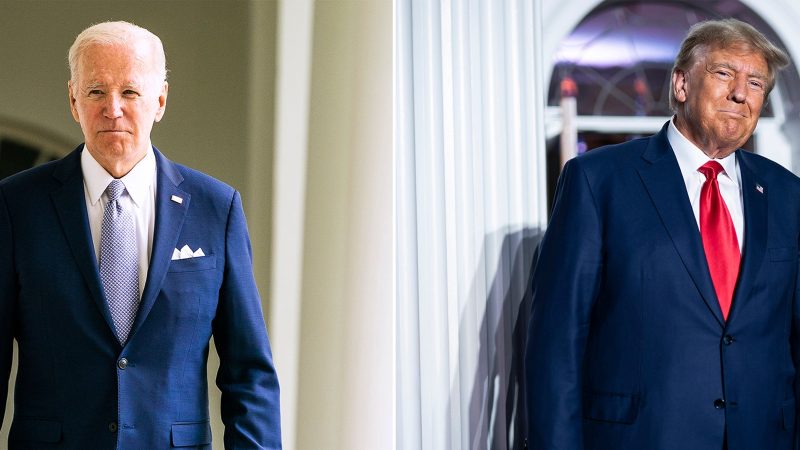The Trump-Biden Battle Over the 2017 Tax Cut
In recent months, the clash between President Donald Trump and former Vice President Joe Biden over the 2017 Tax Cut has escalated into a central point of contention in the upcoming presidential election. Both candidates have presented divergent views on the tax cut, reflecting their differing visions for the country’s economic future.
President Trump has consistently touted the Tax Cut and Jobs Act of 2017 as a signature achievement of his administration, arguing that it has significantly boosted economic growth and enabled businesses to thrive. Trump claims that the tax cuts have spurred job creation, increased wages, and fueled expansion in various sectors of the economy. Moreover, he insists that the tax cut has put more money back into the pockets of hardworking Americans, thereby fostering prosperity and stimulating consumer spending.
On the other hand, Joe Biden has been critical of the 2017 tax cut, labeling it as a giveaway to the wealthy and large corporations at the expense of middle- and lower-income families. Biden argues that the tax cut disproportionately benefits the top income earners and contributes to income inequality in the country. He has proposed repealing some of the provisions of the tax cut, particularly those beneficial to the wealthy, in order to fund his own economic plans aimed at supporting the middle class and investing in infrastructure, education, and healthcare.
One key point of contention between the two candidates is the corporate tax rate. While the 2017 tax cut significantly reduced the corporate tax rate from 35% to 21%, President Trump has championed this move as a way to enhance U.S. competitiveness and attract investments. Conversely, Joe Biden has proposed raising the corporate tax rate to 28%, arguing that this would generate additional revenue to fund his proposed initiatives and reduce the deficit, while also positioning the burden more equitably across the income spectrum.
The debate over the 2017 tax cut underscores the broader philosophical differences between the two candidates regarding the role of government in shaping economic policy. President Trump leans towards a more supply-side approach, emphasizing lower taxes and reduced regulations as drivers of economic growth. In contrast, Joe Biden advocates for a more interventionist approach, with targeted government spending and tax increases on the wealthy to address income inequality and fund social programs.
As the election draws near, the battle over the 2017 tax cut is likely to remain a central issue in the debates and campaign rhetoric. Voters will need to weigh the competing visions presented by the candidates and decide which economic agenda aligns best with their own values and aspirations for the country’s future. Ultimately, the outcome of this clash will have far-reaching implications for the direction of U.S. economic policy in the years to come.
In conclusion, the Trump-Biden battle over the 2017 tax cut encapsulates the broader policy divide between the two candidates on economic issues. Their contrasting views on taxation, government spending, and income distribution highlight the stark choices facing voters in the upcoming election. The choice between President Trump’s defense of the tax cut as a catalyst for economic growth and Vice President Biden’s critique of its impacts on inequality will shape the trajectory of U.S. economic policy for years to come.
